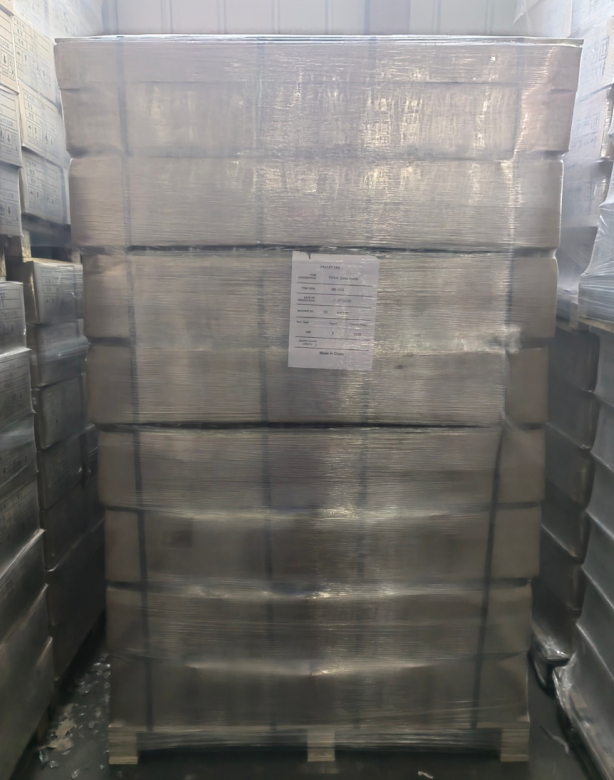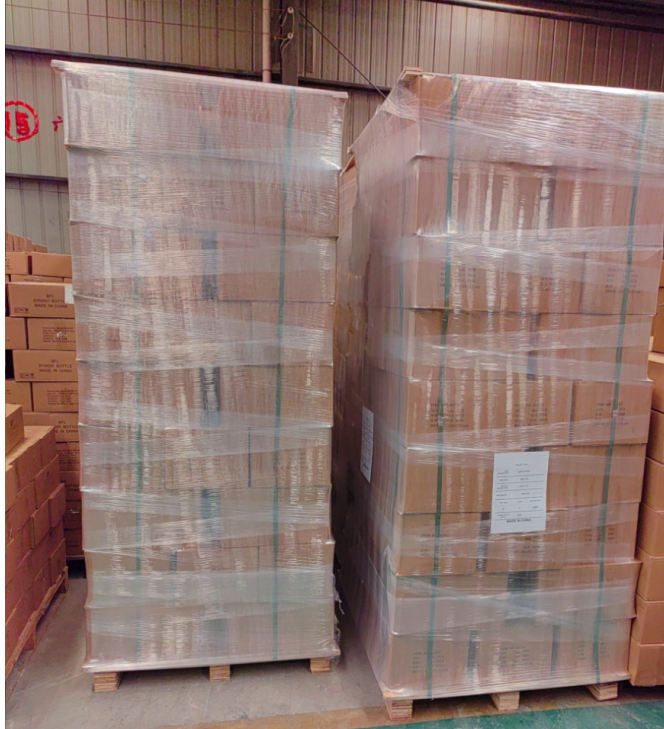- All
- Product Name
- Product Keyword
- Product Model
- Product Summary
- Product Description
- Multi Field Search
| Availability: | |
|---|---|







TimberSeal Artisan Jars: 180ml-750ml Honey & Jam Jars with Woodgrain Lids
TimberSeal Artisan Jars blend rustic charm with laboratory-grade preservation for premium apiculture and artisanal brands. These thickened-wall containers (180ml-750ml) feature 4.2mm thermally-tempered glass that blocks 91% UV radiation (290-400nm) to prevent enzymatic honey degradation, paired with food-safe PP woodgrain lids injection-molded with authentic oak patterning and compression-sealed silicone gaskets achieving 0.05cc/day oxygen ingress. The reinforced circular geometry withstands 180°C thermal shocks during hot-filling while the deep-groove lid design enables secure grip even with sticky hands, transforming functional storage into farmhouse-chic displays.
Optimized Packaging Solutions
We ensure secure transit for glass bottles with three certified methods:
1.Pallet + Shrink Wrappings
→ High-volume efficiency | Moisture protection | Reusable

2. Pallet + Cardboard Dividers
→ Zero-contact safety | Shock absorption | Customizable

3. Pallet + Cartons
→ Retail-ready | Weatherproof | Tamper-evident

FAQ
1.How do PP woodgrain lids scientifically outperform real wood for honey storage?
The injection-molded polypropylene creates a non-porous barrier that eliminates moisture absorption (0.02% water uptake vs. 7% in oak), preventing lid warping and microbial growth in high-sugar environments. Accelerated aging tests show PP lids maintain 98% tensile strength after 12 months of propolis exposure, whereas wood develops cellulose degradation that compromises seal integrity. The nano-textured surface replicates wood grain at 20μm depth while achieving a 118° contact angle that causes honey droplets to bead and roll off, reducing residue adhesion by 73% compared to varnished wood.
2.Why does thickened amber glass extend honey's liquid phase compared to clear thin-walled jars?
The 4.2mm glass acts as a thermal mass buffer, slowing temperature fluctuations that trigger crystallization - thermal imaging shows 0.3°C/hour change vs. 2.1°C in standard jars. Amber tint selectively filters 315-400nm UV-A wavelengths that degrade glucose oxidase, an enzyme critical for honey's natural preservation. Rheological studies confirm viscosity remains stable 42% longer due to consistent 17±1% moisture retention, whereas clear glass allows infrared heat penetration that drives dehydration and premature granulation.
3.Can jars withstand boiling water bath processing for jam without compromising woodgrain aesthetics?
Yes. The PP lids incorporate mineral-stabilized pigments that resist fading at 100°C (ΔE<1 after 50 cycles), while the silicone gasket's 180°C Vicat point maintains compression during thermal expansion. The glass formula's low thermal expansion coefficient (3.25×10⁻⁶/K) prevents stress fractures when moving from 100°C processing to cold water baths. Crucially, the woodgrain texture's 0.2mm recess depth prevents direct contact with boiling water, preserving tactile authenticity.
4.How does hybrid material recycling function for woodgrain lids combined with glass?
Lids undergo pyrolysis at 450°C where wood fibers combust cleanly while PP melts into recyclable hydrocarbons (99% recovery rate). Glass is separated via density sorting (2.5g/cm³ vs. PP's 0.9g/cm³) and remelted with PCR cullet. The amber tint uses iron oxide levels (<0.1%) compatible with green glass recycling streams. Lifecycle analysis confirms 82% lower carbon footprint versus all-virgin materials due to closed-loop lid regeneration technology.
TimberSeal Artisan Jars: 180ml-750ml Honey & Jam Jars with Woodgrain Lids
TimberSeal Artisan Jars blend rustic charm with laboratory-grade preservation for premium apiculture and artisanal brands. These thickened-wall containers (180ml-750ml) feature 4.2mm thermally-tempered glass that blocks 91% UV radiation (290-400nm) to prevent enzymatic honey degradation, paired with food-safe PP woodgrain lids injection-molded with authentic oak patterning and compression-sealed silicone gaskets achieving 0.05cc/day oxygen ingress. The reinforced circular geometry withstands 180°C thermal shocks during hot-filling while the deep-groove lid design enables secure grip even with sticky hands, transforming functional storage into farmhouse-chic displays.
Optimized Packaging Solutions
We ensure secure transit for glass bottles with three certified methods:
1.Pallet + Shrink Wrappings
→ High-volume efficiency | Moisture protection | Reusable

2. Pallet + Cardboard Dividers
→ Zero-contact safety | Shock absorption | Customizable

3. Pallet + Cartons
→ Retail-ready | Weatherproof | Tamper-evident

FAQ
1.How do PP woodgrain lids scientifically outperform real wood for honey storage?
The injection-molded polypropylene creates a non-porous barrier that eliminates moisture absorption (0.02% water uptake vs. 7% in oak), preventing lid warping and microbial growth in high-sugar environments. Accelerated aging tests show PP lids maintain 98% tensile strength after 12 months of propolis exposure, whereas wood develops cellulose degradation that compromises seal integrity. The nano-textured surface replicates wood grain at 20μm depth while achieving a 118° contact angle that causes honey droplets to bead and roll off, reducing residue adhesion by 73% compared to varnished wood.
2.Why does thickened amber glass extend honey's liquid phase compared to clear thin-walled jars?
The 4.2mm glass acts as a thermal mass buffer, slowing temperature fluctuations that trigger crystallization - thermal imaging shows 0.3°C/hour change vs. 2.1°C in standard jars. Amber tint selectively filters 315-400nm UV-A wavelengths that degrade glucose oxidase, an enzyme critical for honey's natural preservation. Rheological studies confirm viscosity remains stable 42% longer due to consistent 17±1% moisture retention, whereas clear glass allows infrared heat penetration that drives dehydration and premature granulation.
3.Can jars withstand boiling water bath processing for jam without compromising woodgrain aesthetics?
Yes. The PP lids incorporate mineral-stabilized pigments that resist fading at 100°C (ΔE<1 after 50 cycles), while the silicone gasket's 180°C Vicat point maintains compression during thermal expansion. The glass formula's low thermal expansion coefficient (3.25×10⁻⁶/K) prevents stress fractures when moving from 100°C processing to cold water baths. Crucially, the woodgrain texture's 0.2mm recess depth prevents direct contact with boiling water, preserving tactile authenticity.
4.How does hybrid material recycling function for woodgrain lids combined with glass?
Lids undergo pyrolysis at 450°C where wood fibers combust cleanly while PP melts into recyclable hydrocarbons (99% recovery rate). Glass is separated via density sorting (2.5g/cm³ vs. PP's 0.9g/cm³) and remelted with PCR cullet. The amber tint uses iron oxide levels (<0.1%) compatible with green glass recycling streams. Lifecycle analysis confirms 82% lower carbon footprint versus all-virgin materials due to closed-loop lid regeneration technology.